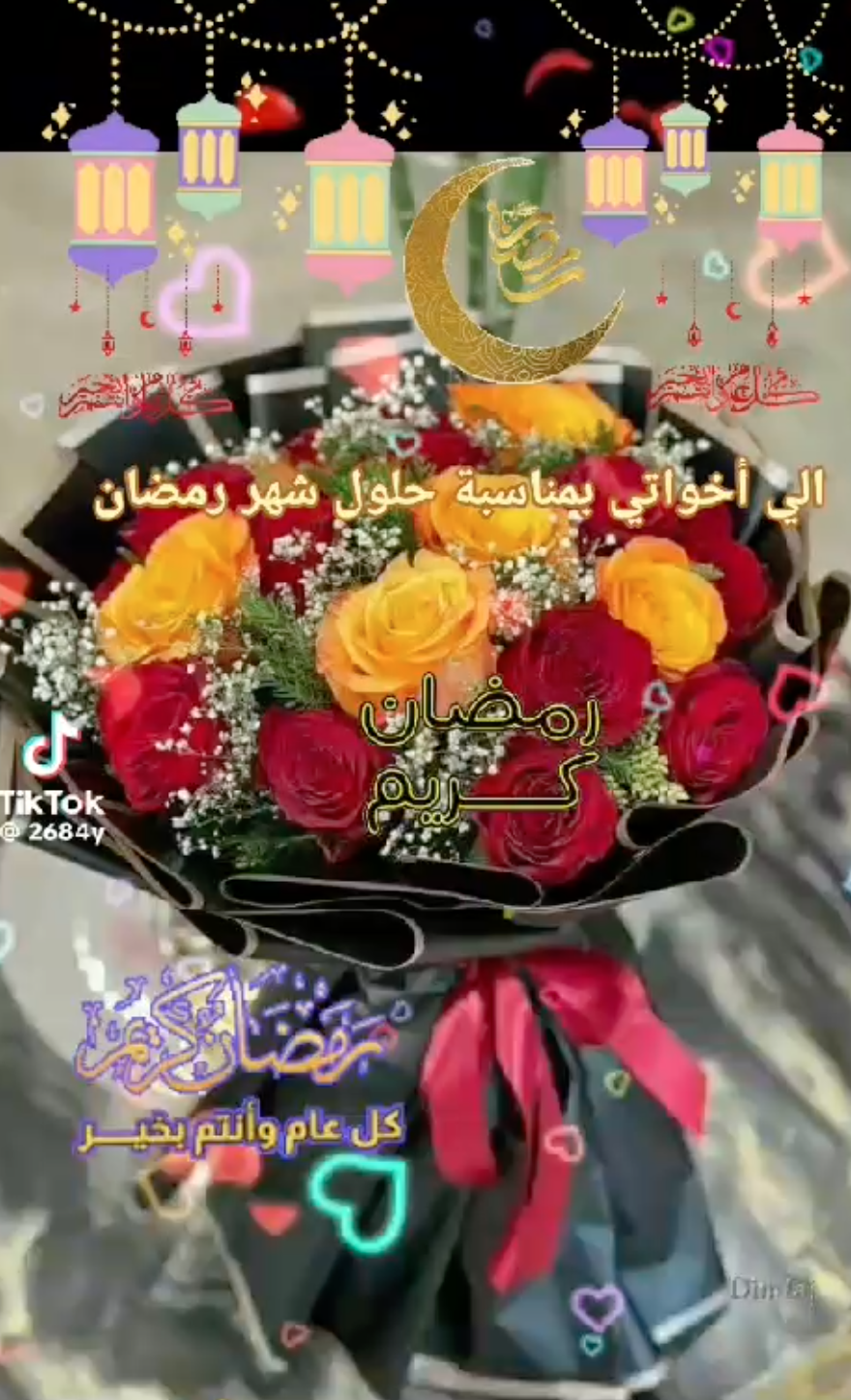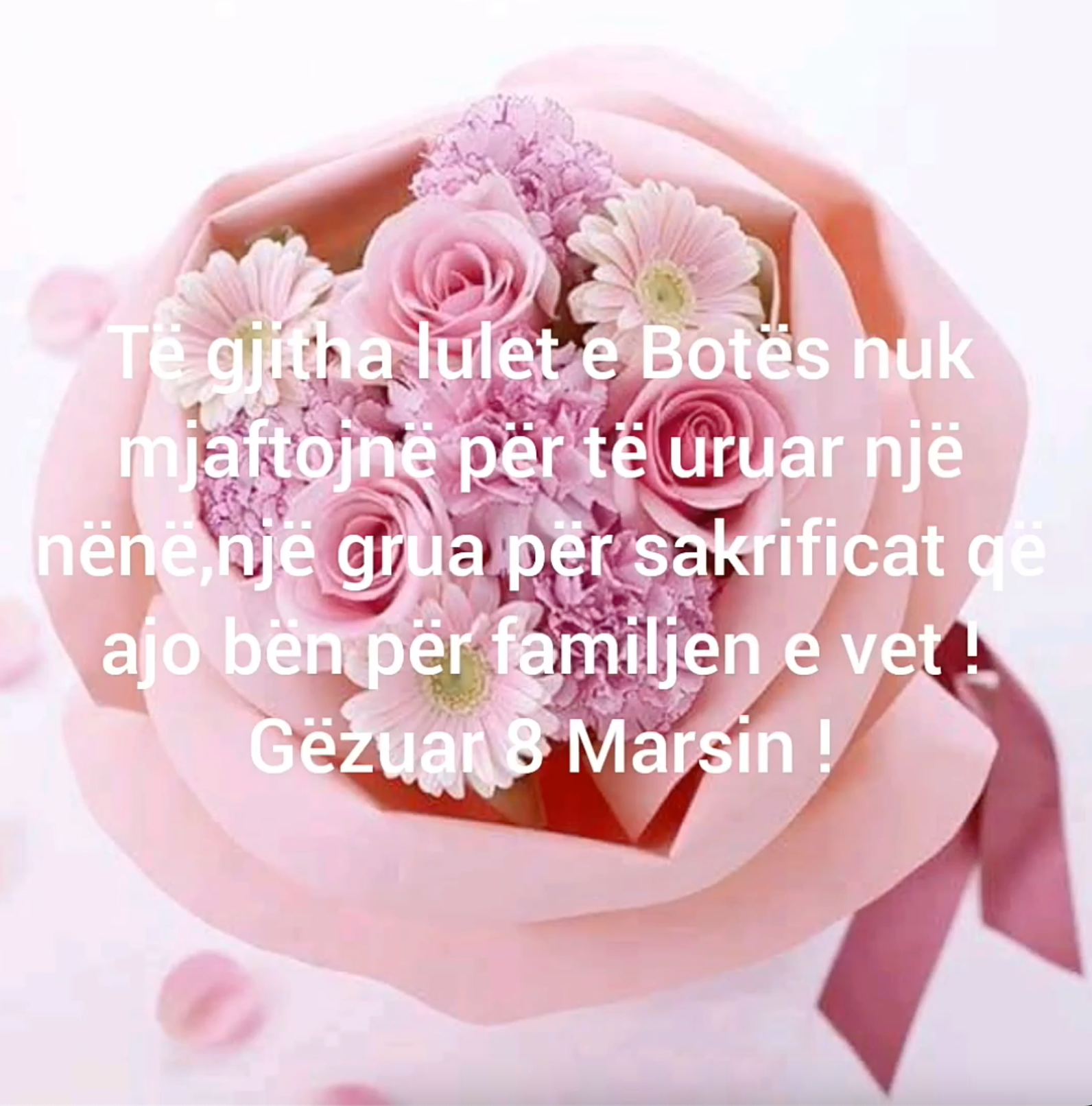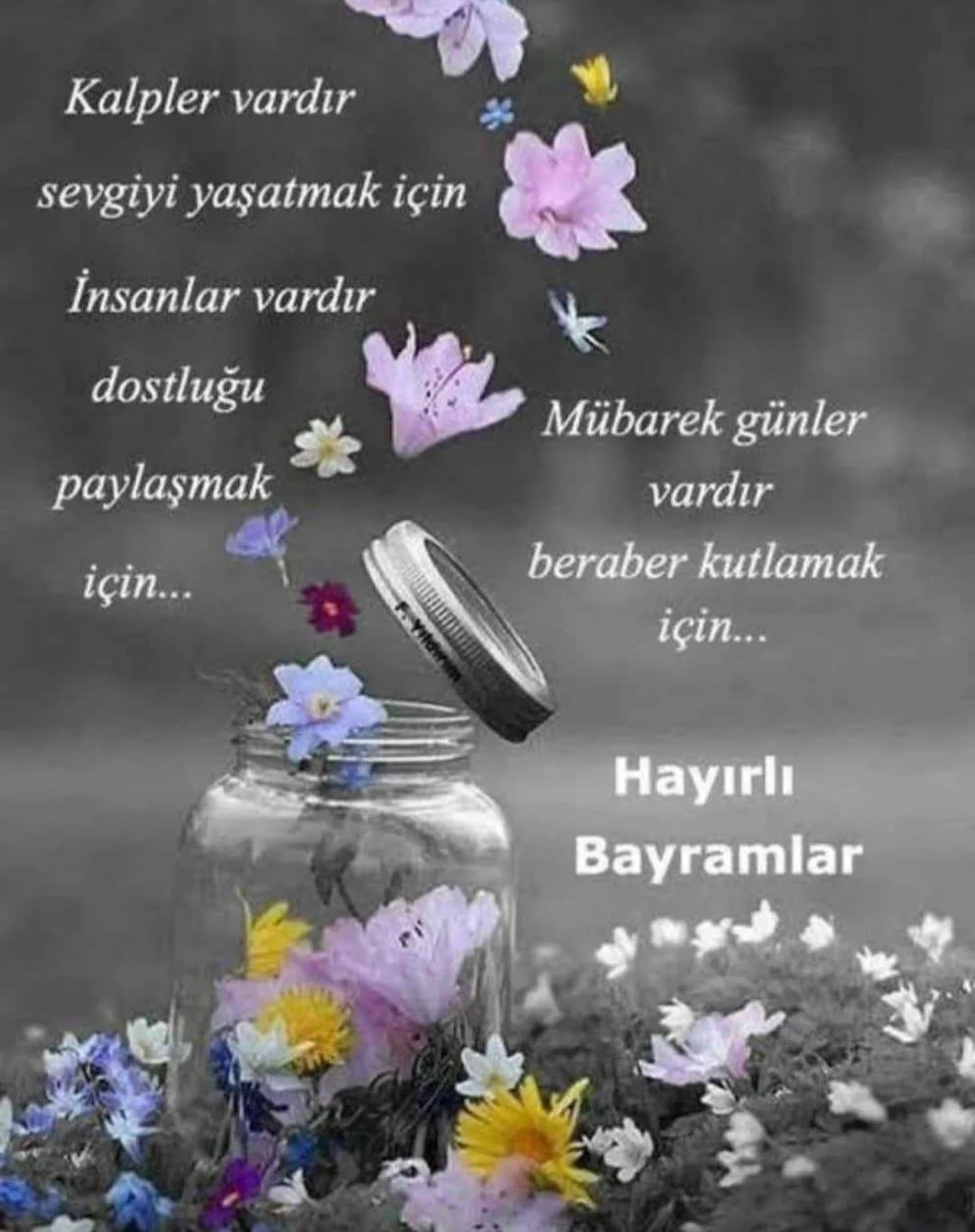Salaam From the Vanguards of the Digital Diaspora: The Subculture of WhatsApp Aunties
These days, I’ve been waking up to countless messages on my phone. While this may seem like a welcome greeting from my contact list, sometimes I wish that the circumstances wouldn’t have compelled this extensive list of distant relatives and once-close friends to be reaching out.
War, conflict, and displacement are spreading across the world. For diaspora children of the Global Majority, this often means replying to messages confirming whereabouts, safety, and assessments of local situations. And holding these lines of communication together is an unspoken hero: WhatsApp.
Time has witnessed numerous messaging platforms rise and fall. And with these endless changes in the world of technology and messaging, diaspora communities across the world have created a digital space that replicates the close connections with family and friends that Global Majority culture cherishes.
Colourful, kitschy pictures carrying greetings, Eid Mubaraks, and verses of scripture, surrounded with roses and sparkles are a well-known calling card for diaspora communities from around the world. Relatives across borders, countries, and continents have sent these images for special occasions, holidays, and sometimes, just morning greetings, for many years now. Decades of migration to the world’s metropoles have demanded new, innovative ways of keeping in touch. And with years of developments in technology, a vibrant digital subculture emerged: WhatsApp Graphics.
Just a step up from the typical text, call, and voicemail functions that even the most tech-avoidant aunty is predisposed to, WhatsApp has cleverly revolutionised the way that older generations engage with their phones. The app is free, easy, encrypted, and breaks the invisible barriers posed by national telecommunication network limitations.
WhatsApp has taken the features that we all know how to use on our phones, and made them accessible to all. So, it makes sense why aunties and uncles have adopted it in their daily tech rotation. In a world divided by passport privilege, visa restrictions, and displacement, an entire network of once-close neighbours can continue to check in on one another with the simple tap of a screen. And with each small update, older generations are getting better at using new features to express their love, care, and attention towards one another, no matter the distance.
The digital space holds a close place in the hearts of immigrant communities across generations, whether we realize it or not. The iconograph of an aunty with a cell phone held in place at her ear with her hijab is a well-known sign of the omnipresent and all-knowing “WhatsApp Aunty.” She’s wiped your diaper, she knows about your “mental health issues” (but doesn’t believe in them), and she’s going to send you a list of potential suitors. But have you ever thought of her being a community-builder and curator of graphic design? We should start giving her praise.
“WhatsApp Aunties” refers to groups of older matriarchs from the Global South who have held onto internet-enabled communication through various apps to maintain close communications with family relatives, friends, and others who were in close relation. While they get a bad rep for being nosy busybodies, spreading gossip and unsolicited advice, maybe we should give them some praise for their ability to keep people connected through creative and original ways of using technology.
When we talk about new developments in tech, our minds rush to the ever-expanding world of AI, sure to reform life as we know it for the better or worse, or maybe social media, with TikTok marking a trailblazing path in the way the world remains connected. But beyond these buzzwords, where decisions that shape the way we communicate and engage with each other are cloistered in the far-away C-suite offices of the Western world, a quiet rumbling power is being held in the hands of older immigrant aunties and uncles.
Family networks spread across the world after waves of migration remain connected in the digital realm. Apps like WhatsApp are vital lines of communication that keep connections alive—whether they be split by countries or continents. Demand for these apps is palpable, with each decade having its own standout internet communication app. They fall in the application-to-person messaging market, which was valued at USD 68.74 billion in 2023, and is projected to reach USD 97.84 billion in 2032. This massive demand for messaging apps underscores the global demand for connection in the digital space. And in such a high-demand market, the WhatsApp Auntie graphics are making waves.
Diaspora kids around the world share many iconic symbols as people with a background of migration. The ethnic supermarket, those fluffy polyester tiger blankets in the winter, and increasingly, the kitschy WhatsApp Auntie aesthetic. The graphics bend all the rules that modern Western graphic design has been quietly abiding by. Maximalist graphics and low-resolution images with melodramatic messages are shared across smartphones around the world and adorning t-shirts and tote bags being printed by business-savvy diaspora kids, tapping into a market for others who yearn for that feeling of “home.” Clearly, WhatsApp Aunties have created an iconography of the immigrant experience. But in the midst of their efforts to maintain a connected digital diaspora, praises for their efforts in graphic design and digital culture remain unsung.
Research from DesignWeek in 2022 found that 88% of managers in the design industry are white. When researching potential causes for a lack of minority representation in design fields, a lack of early introduction to the arts is often cited. But what if we change that?
Older generations of people of colour are not thought to be leaders in design. But think about it—how many people have you seen complaining about a friend not texting back? Or the lack of third spaces nowadays? When did you last reach out to that friend who moved away? This generation is often called the loneliest one—and chances are that most of us have found this to be very accurate.
With the WhatsApp Auntie graphics, we can witness how graphic design can address social issues—creating new, innovative, and easy ways to connect with your loved ones, using design to evoke emotion. A look through my mother’s recent texts drives the point home—the older generation have created a robust new way of communicating to one another, and we should be taking notes.
These were sent by an Afghan woman who was a friend of my parents’ - her husband was my dad’s friend. I haven’t seen her in a long time – she’s unwell and rarely leaves her house, but always manages to send one of these messages, especially for Eid and Nowrooz (Persian New Year). She left Afghanistan many years ago and now lives in Karachi.
My daughter’s middle school best friend’s mother sent me this. We once lived in the same city, over 5 years ago, but she’s gone back to her home country, Albania. I visited her once in 2017, but I haven’t seen her since. I can’t understand the text in Albanian, but it was for International Women’s Day, and the thought was nice.
This one was sent by my 70-year-old neighbour in Turkey. I haven’t seen her since 2015 I think… I hope she’s ok, she’s been quiet lately. She was a diagnosed diabetic.
WhatsApp Aunties have kept communities and family lines alive, through years of migration and across continents. Their small efforts in sharing those graphics that we know and love have sustained an immigrant experience that has remained throughout decades of digital communication. Those graphics are full of artistic decisions, each tastefully chosen to evoke deeper feelings and impart new meanings, communicating a heartfelt message just with the tap of one button. Forget the long-paragraphs of appreciation you send to your bestie on their birthday. Maybe a graphic is enough?
If we shed light on the efforts of the WhatsApp Aunties before us, we can reshape what we define as art. Art isn’t just limited to the gallery and auction house. It’s alive in our phones, too. Decolonising the art space demands amplification of the ongoing efforts that artists in the Global South have made—and maybe that includes your Auntie Fatima who has a new graphic for each Eid, and a verse of Quran that is adorned with so many sparkles and roses that, for just a moment, you are able to find peace in the ongoing peril.




